Effective Communication & Health Literacy in Culturally Safe Care
VerifiedAdded on 2023/06/07
|10
|553
|423
Presentation
AI Summary
This presentation and accompanying written document outline the importance of effective communication and health literacy in creating a culturally safe healthcare environment. The presentation, designed for a staff orientation session, defines health literacy and effective communication, emphasizing their influence on culturally safe practices. It highlights strategies for enhancing cultural communication, addressing cultural factors that can lead to poor communication, and the benefits of using interpreters. The content stresses patient empowerment, improved health outcomes, and reduced medical errors through effective communication and health literacy. Key concepts include understanding the interrelation between health literacy and culture, and practical tips for PowerPoint presentations are provided. The presentation is supported by refereed literature and aims to improve patient-provider-family communication and overall care outcomes.
1 out of 10
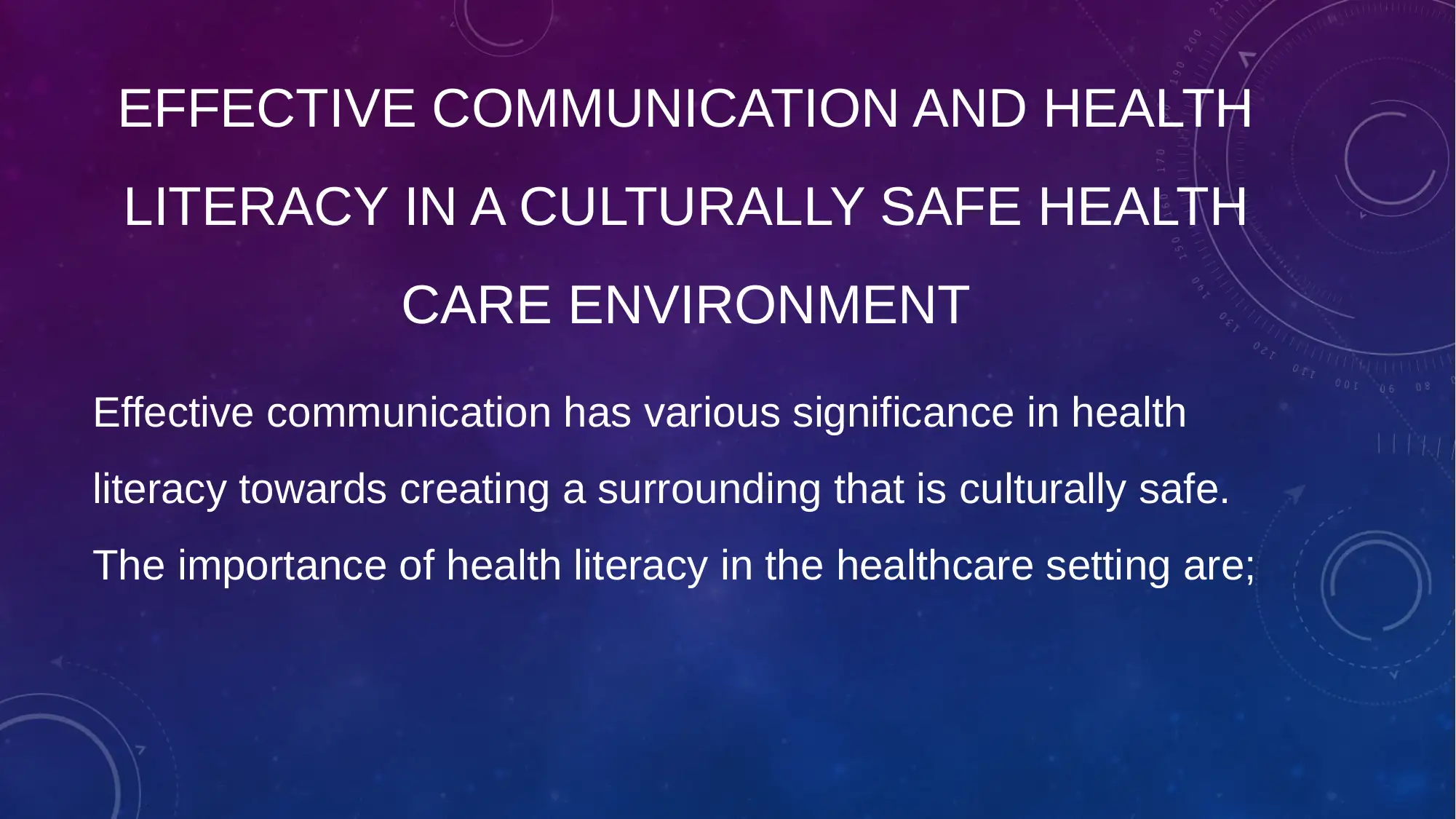
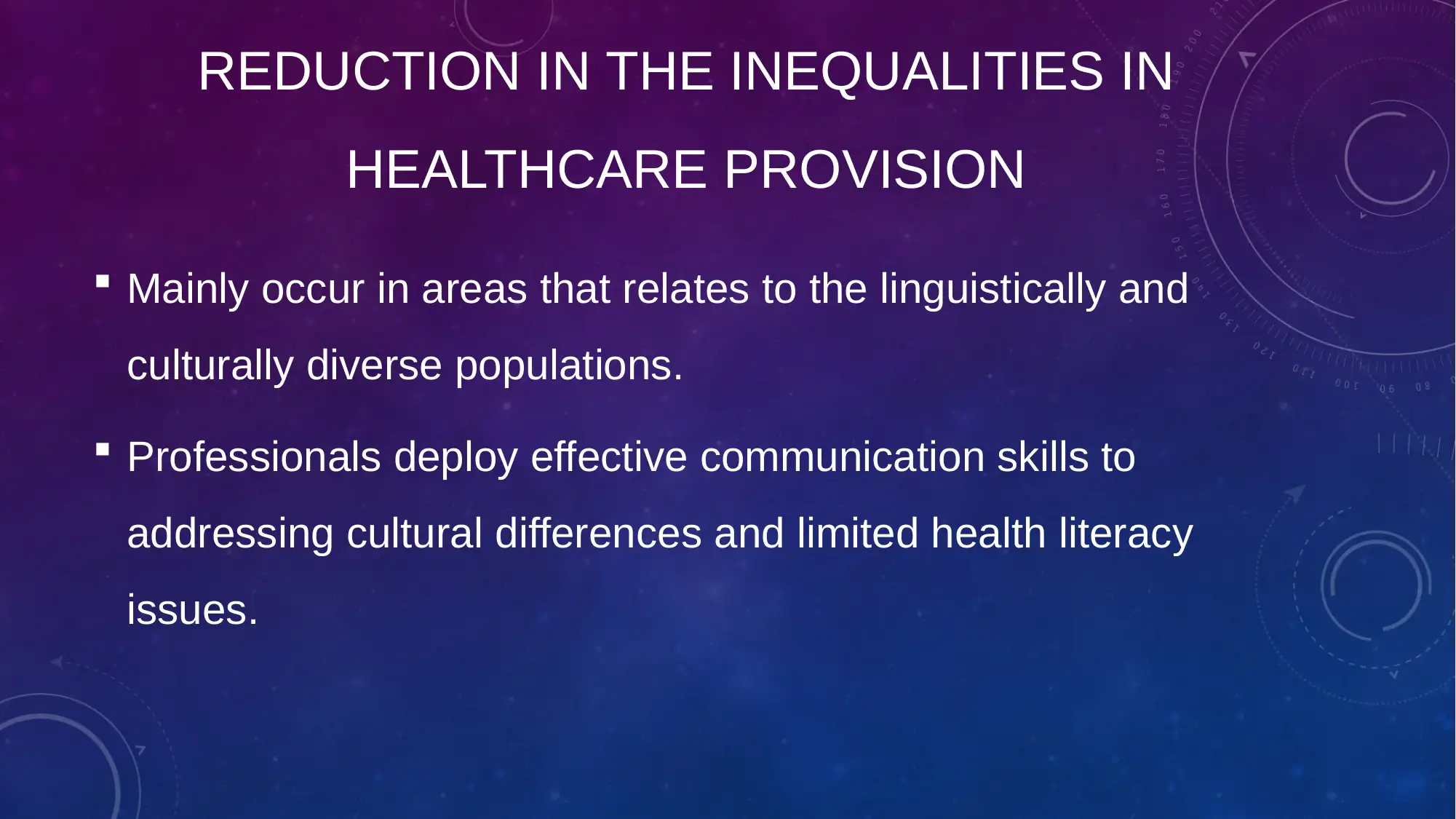
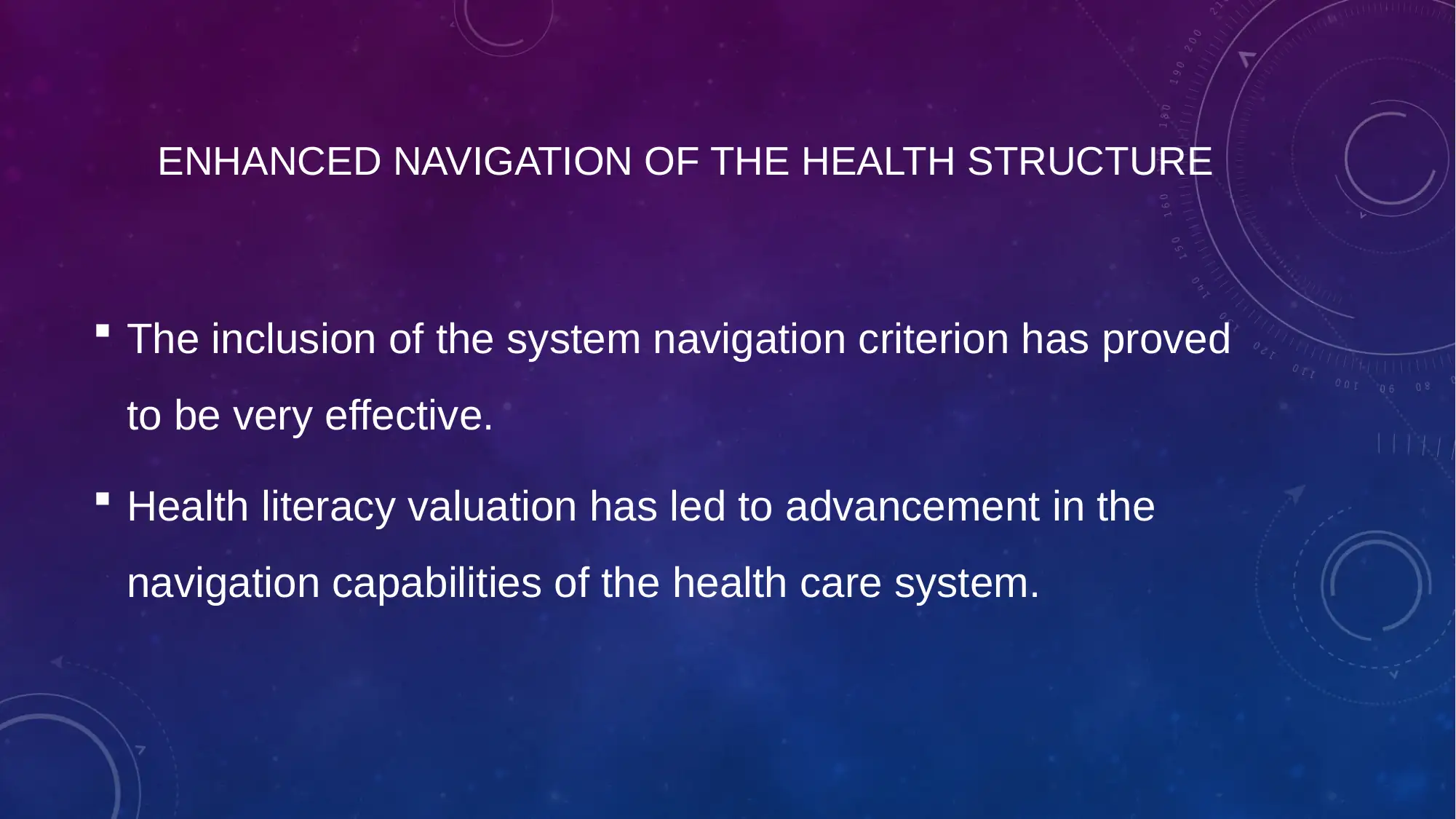

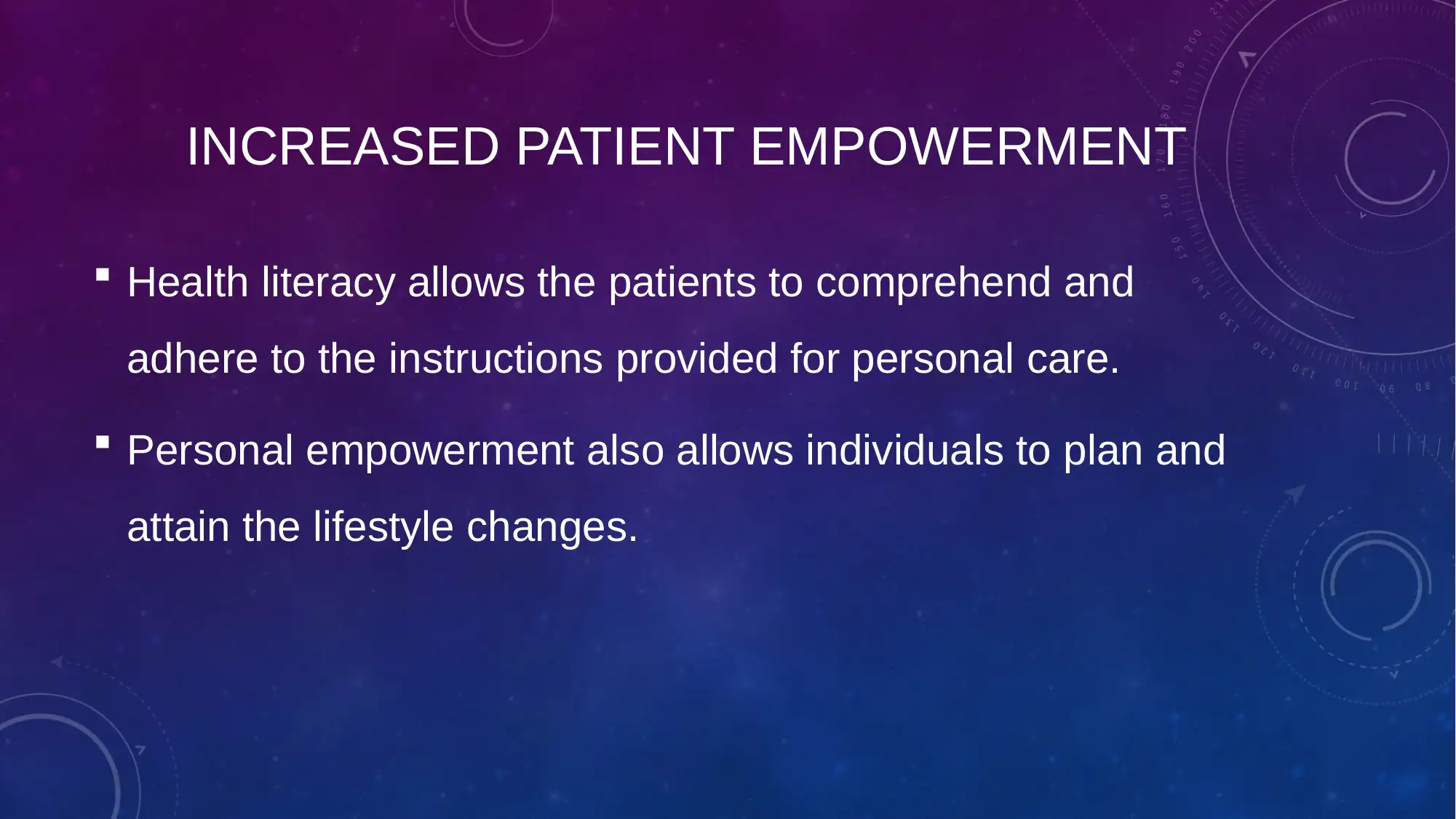
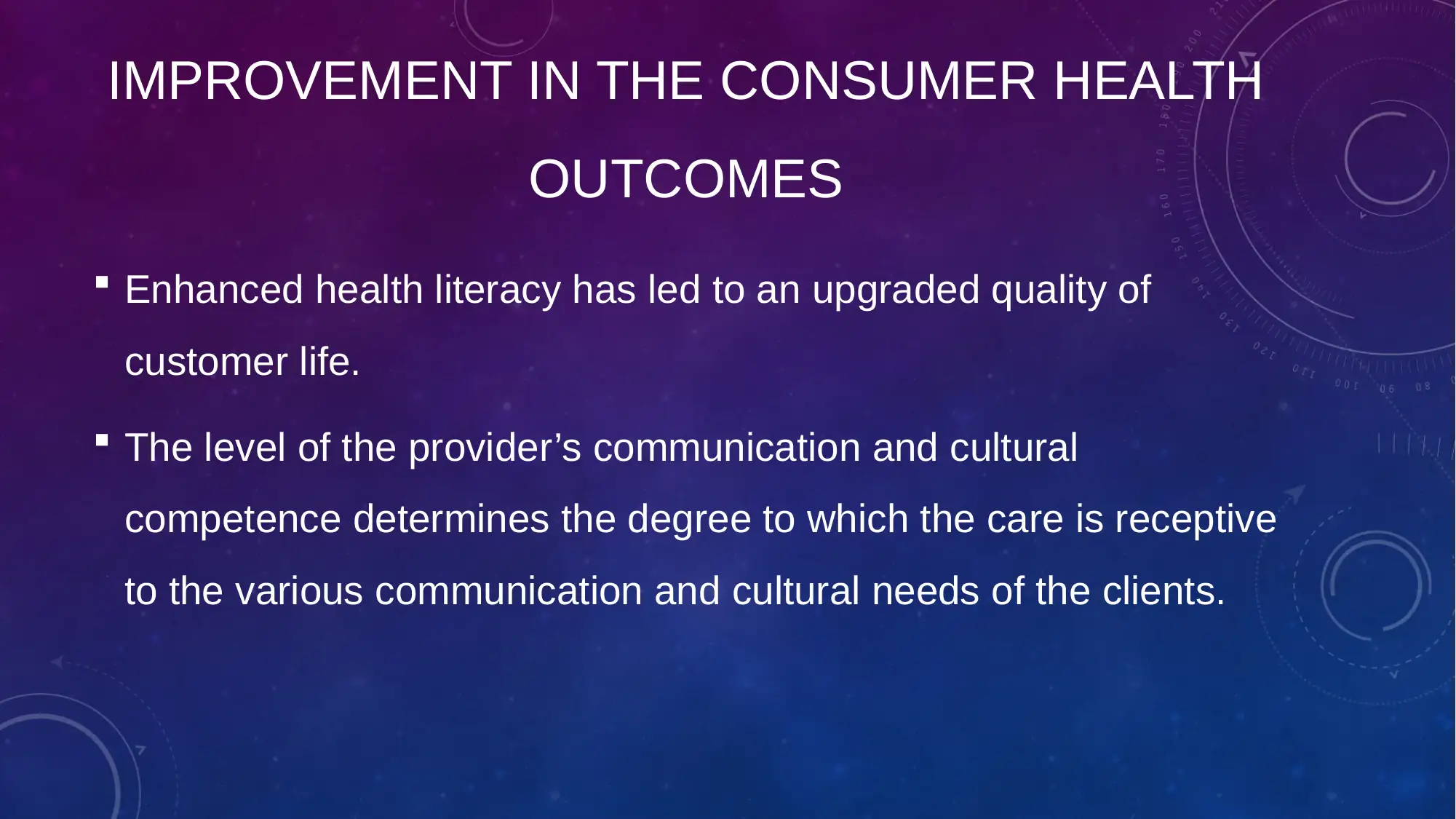
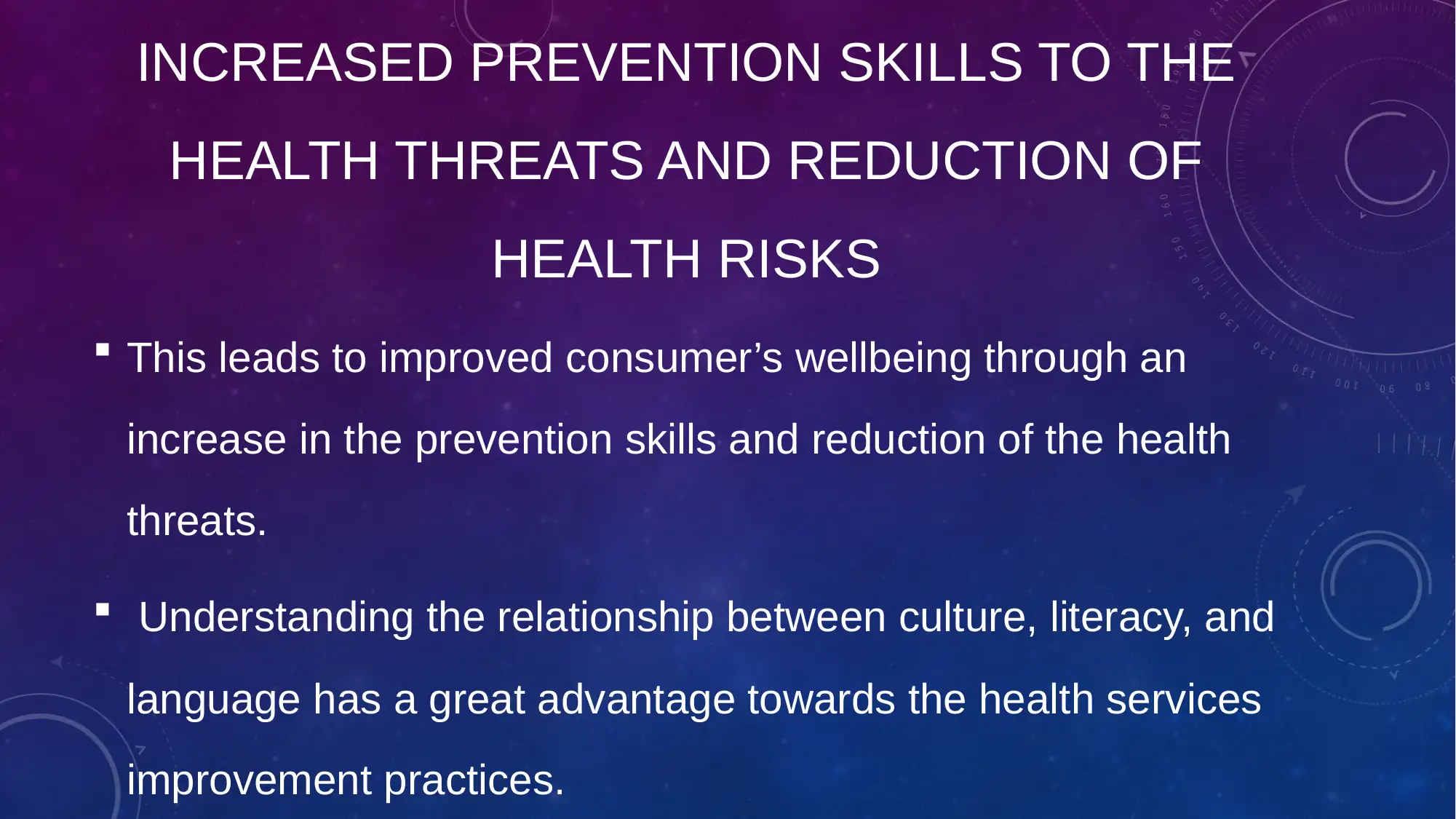
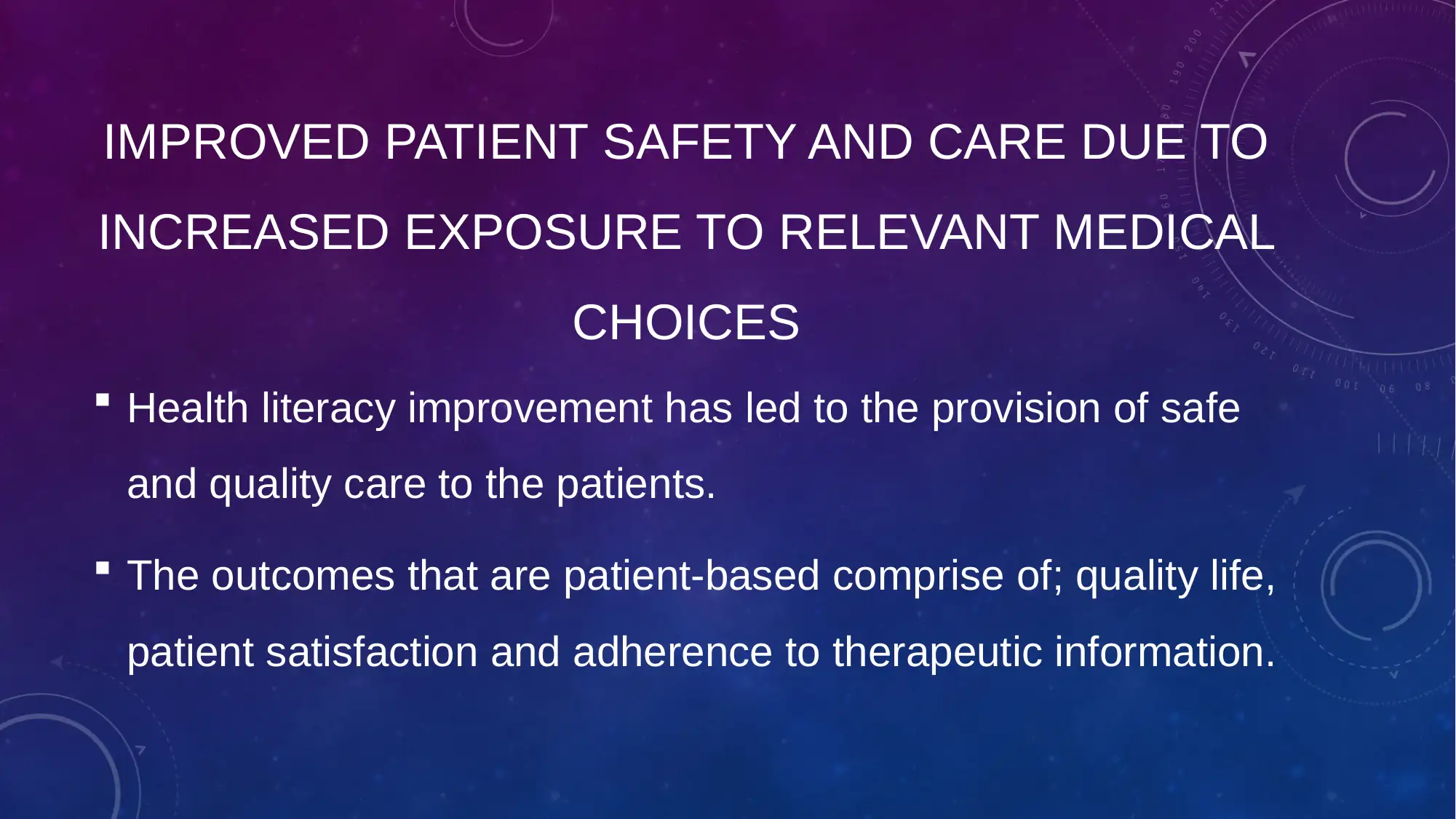
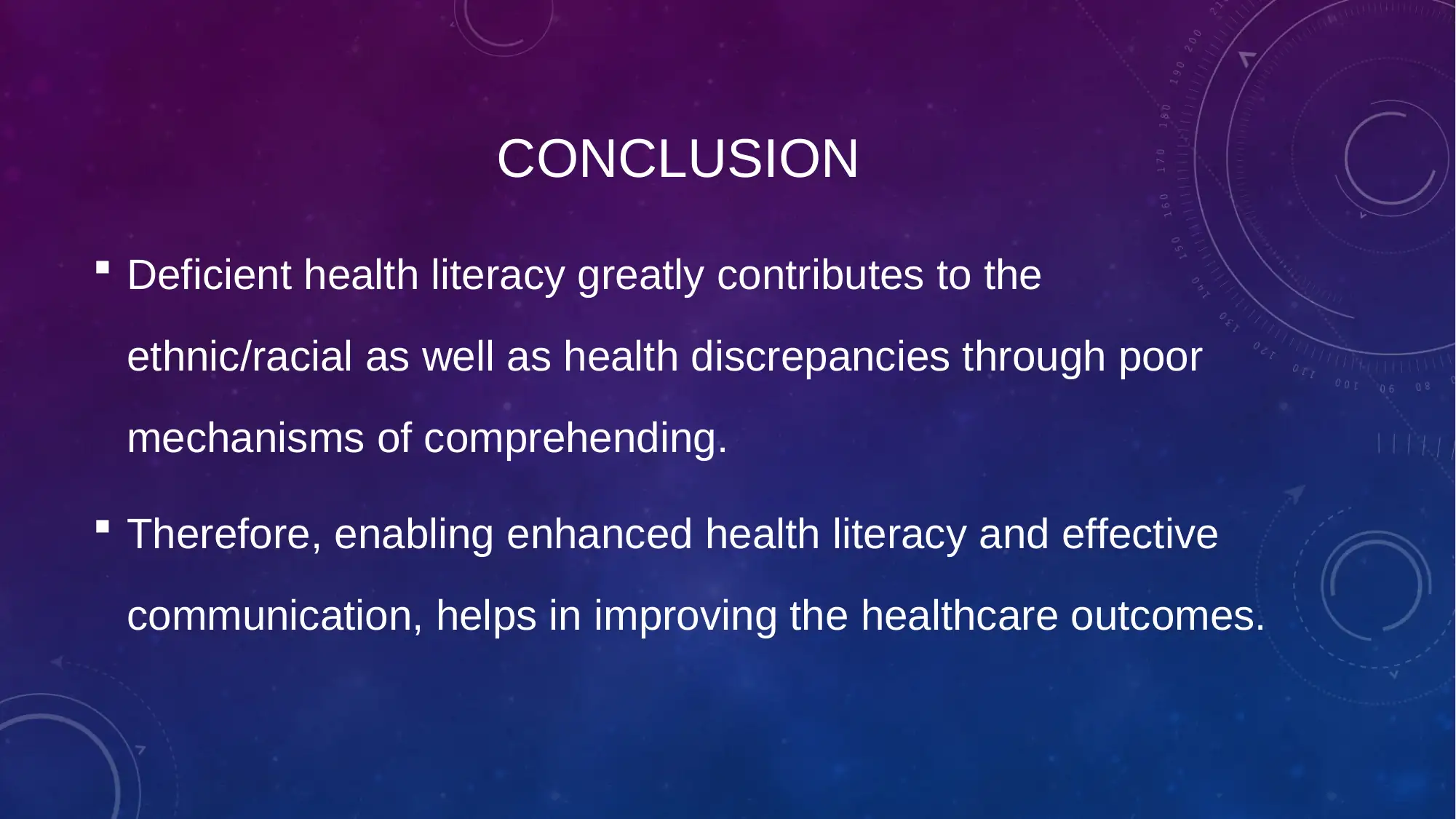
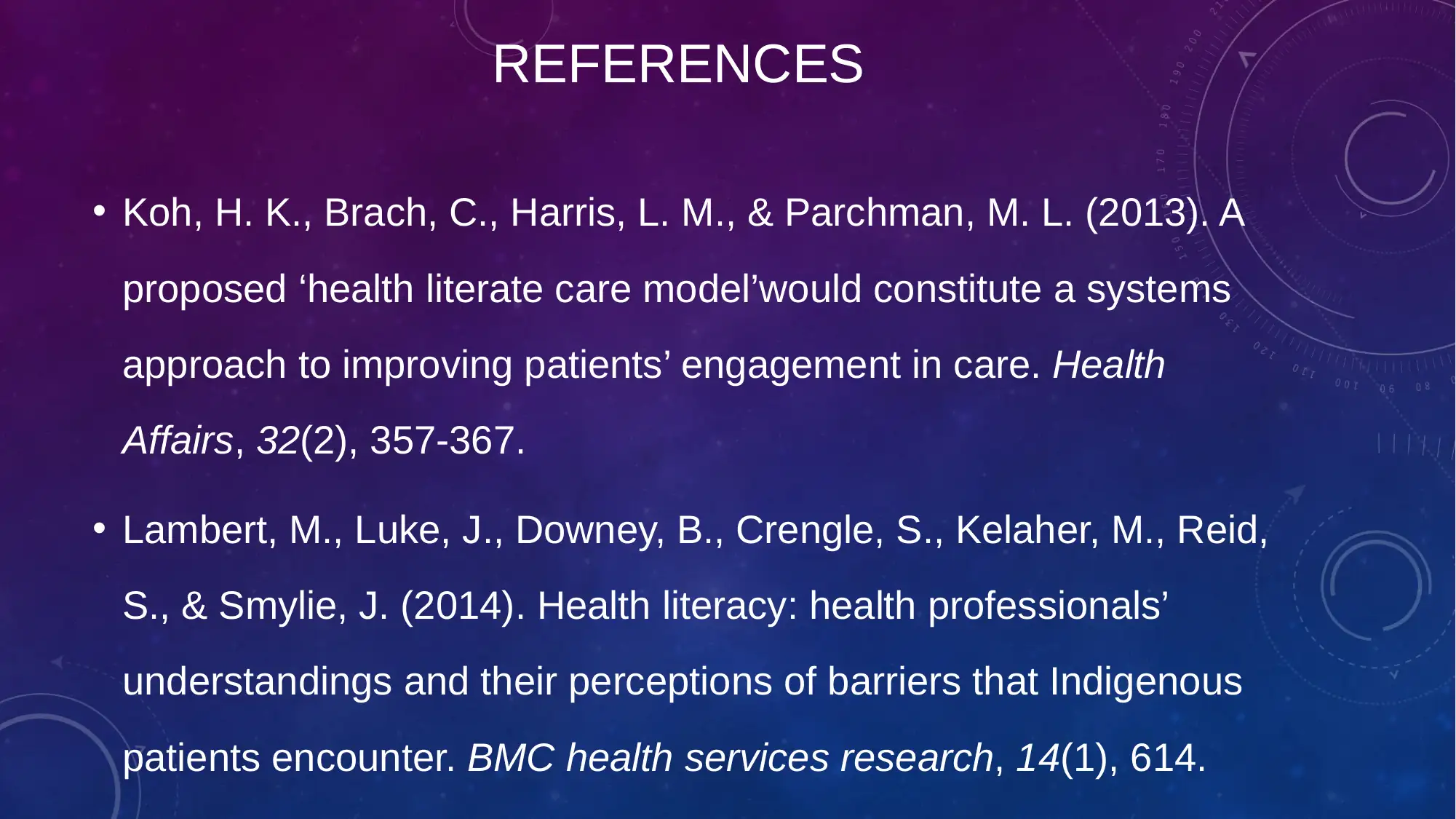
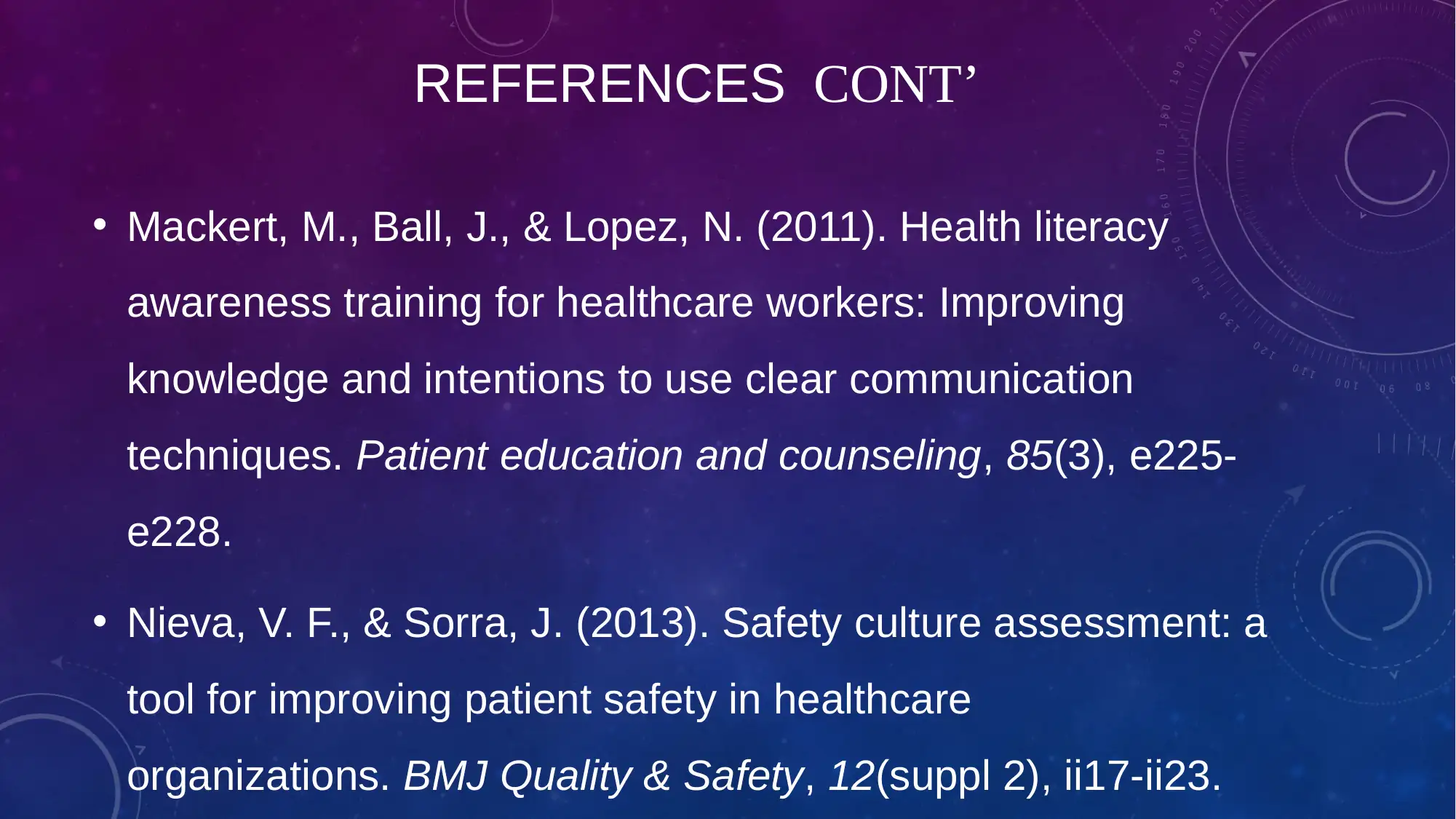





![[object Object]](/_next/static/media/star-bottom.7253800d.svg)